Search
Search Results
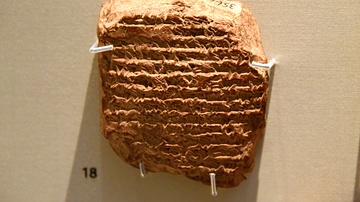
Image
Tablet with Hellenistic King List
Written in Babylonian in the cuneiform inscription, this tablet lists the names and dates of several Seleucid kings. After Alexander's death, the Persian Empire fractured. Mesopotamia and Syria became part of the Seleucid Empire, with their...
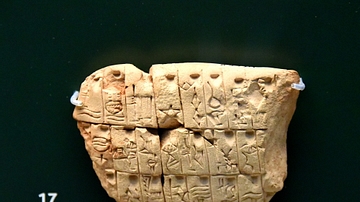
Image
List of Place Names from Jemdet Nasr
Apprentice scribes learned the writing system through lists of related signs, like this one dealing with place names. The tablet was partially repaired from fragments; there 3 columns of inscriptions on either side. From Jemdet Nasr, Southern...

Definition
Sumer
Sumer was the southernmost region of ancient Mesopotamia (modern-day Iraq and Kuwait) which is generally considered the cradle of civilization. The name comes from Akkadian, the language of the north of Mesopotamia, and means “land of the...
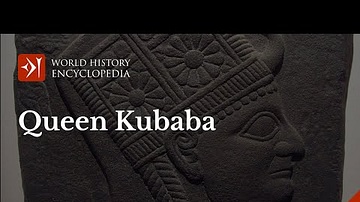
Video
Queen Kubaba of Mesopotamia: the Only Queen on the Sumerian King List
Queen Kubaba of Mesopotamia is known as the only queen who has been named on the Sumerian King List, which is unsurprisingly, a bit of a boy’s club. Kubaba is one of very few women who ruled Mesopotamia in her own right, and the surviving...
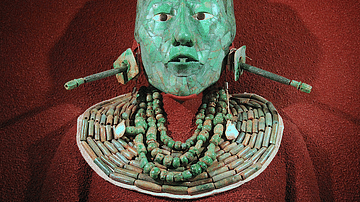
Definition
K'inich Janaab' Pakal
K'inich Janaab' Pakal (23 March 603 CE - 31 March 683 CE) was the Maya king of Palenque in the modern-day State of Chiapas, Mexico. Also known as Pacal (which means 'shield') and Pacal the Great, he is most famous for raising the city of...

Definition
Kachina Cult
The Kachina (also “Katsina”) cult refers to the specific religious practices centered on the kachina, which is a spiritual entity and divine messenger of the Puebloan peoples as well as the Hopi, Zuni, Tewa, and Keresan tribes in what is...

Definition
The Seven Wonders
The Seven Wonders of the Ancient World were seven impressive structures famously listed by ancient writers including Philo of Byzantium, Antipater of Sidon, Diodorus Siculus, Herodotus, Strabo, and Callimachus of Cyrene, among others. The...
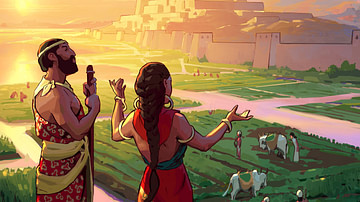
Definition
Civilization
Civilization (from the Latin civis=citizen and civitas=city) is a term applied to any society which has developed a writing system, government, production of surplus food, division of labor, and urbanization. The term is difficult to define...
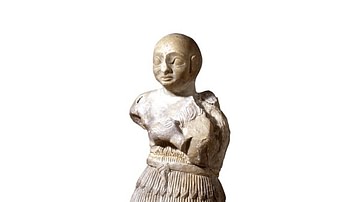
Definition
Early Dynastic Period (Mesopotamia)
The Early Dynastic Period of Mesopotamia is the modern-day archaeological term for the era in Mesopotamian history – 2900-2334 BCE – during which some of the most significant cultural advances were made including the rise of the cities, the...
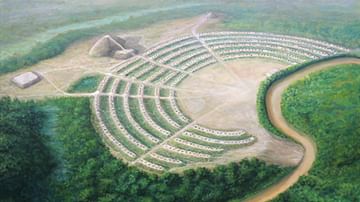
Definition
Poverty Point
Poverty Point is an archaeological and historic site in Louisiana, USA, dated to c. 1700-1100 BCE, enclosing one of the most significant Native American mound sites from Pre-Colonial America. It was once the location of a grand complex of...